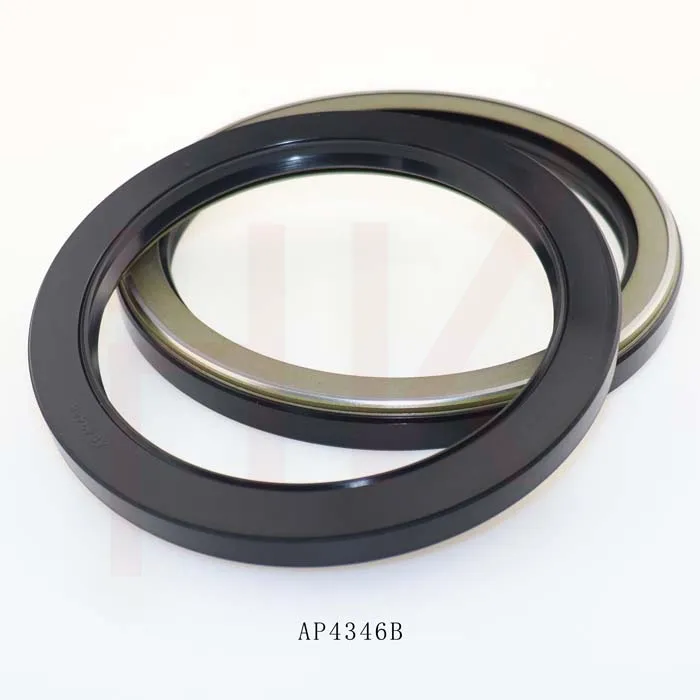Nov . 04, 2024 23:00 Back to list
hydraulic cylinder repair seals
Hydraulic Cylinder Repair Seals Ensuring Optimal Performance and Longevity
Hydraulic cylinders are essential components in various industrial applications, ranging from construction equipment to machinery in manufacturing. They convert hydraulic energy into mechanical movement, allowing for smooth operation and high efficiency. However, like any mechanical equipment, hydraulic cylinders can experience issues over time, often due to seal failure. This article will delve into the importance of hydraulic cylinder repair seals, their types, and how proper maintenance can significantly extend the lifespan of hydraulic systems.
Understanding Hydraulic Seals
Hydraulic seals are critical in preventing fluid from leaking and maintaining pressure within the hydraulic cylinder. They ensure the efficient transfer of force while protecting internal components from dirt, debris, and external contaminants. Common types of hydraulic seals include O-rings, piston seals, rod seals, and backup rings, each serving a specific purpose within the cylinder assembly.
Types of Hydraulic Seals
1. O-Rings These are circular rings made from various elastomeric materials, providing a sealing surface between two components. O-rings are versatile and widely used in hydraulic applications due to their simplicity and cost-effectiveness.
2. Piston Seals Also known as dynamic seals, piston seals prevent hydraulic fluid from leaking around the piston as it moves within the cylinder. High-performance materials such as polyurethane and PTFE are often used to enhance durability and extend the seal's lifespan.
3. Rod Seals These seals are designed to prevent leaks along the rod's surface where it exits the cylinder. Like piston seals, rod seals also require materials that can endure abrasion and wear.
4. Backup Rings These are used in conjunction with other seals to prevent extrusion and provide additional support. Although they do not seal themselves, they enhance the performance of the primary seal.
Importance of Regular Maintenance
Regular maintenance of hydraulic systems is crucial to ensure that seals function optimally. Over time, seals can degrade due to exposure to heat, pressure, and contaminants. Signs of a failing seal may include fluid leaks, decreased performance, and increased noise levels.
hydraulic cylinder repair seals

To prevent premature seal failure, consider the following maintenance tips
- Regular Inspection Periodically check hydraulic systems for signs of wear or damage. Inspect seals for cracks or hardening that might indicate deterioration.
- Fluid Quality Ensure that the hydraulic fluid used is of high quality and suitable for the operating conditions. Contaminated or incorrect fluids can expedite seal wear.
- Temperature and Pressure Monitor the operating temperature and pressure of the hydraulic system. Excessive heat or pressure can lead to rapid seal failure.
- Contaminant Control Keep hydraulic systems clean and free from dirt, dust, and other contaminants. Use appropriate filters and seals to minimize the risk of contamination.
Repairing Hydraulic Seals
When seal failure occurs, timely repair or replacement is essential. Ignoring leakages can lead to more extensive damage to the hydraulic system, increased downtime, and higher repair costs. When repairing hydraulic seals, it is crucial to use high-quality replacement seals that match the specifications of the original components.
Before beginning a repair, ensure that you have the right tools and follow proper procedures to disassemble the cylinder. Remove the defective seal carefully to avoid damaging the cylinder or other components. Clean the sealing surfaces thoroughly before installing the new seal, and take care to align it properly to prevent uneven wear.
Conclusion
Hydraulic cylinder repair seals play a vital role in the performance and longevity of hydraulic systems. Regular maintenance, timely repairs, and the use of high-quality seals can significantly reduce the risk of failure and ensure smooth operation. By understanding the types of hydraulic seals and their functions, operators can maintain efficient hydraulic systems and prevent costly downtime. Proper care and attention to hydraulic seals will ultimately result in improved productivity and lower operational costs.
-
TCN Oil Seal Metal Ring Reinforcement for Heavy Machinery
NewsJul.25,2025
-
Rotary Lip Seal Spring-Loaded Design for High-Speed Applications
NewsJul.25,2025
-
Hydraulic Cylinder Seals Polyurethane Material for High-Impact Jobs
NewsJul.25,2025
-
High Pressure Oil Seal Polyurethane Coating Wear Resistance
NewsJul.25,2025
-
Dust Proof Seal Double Lip Design for Construction Equipment
NewsJul.25,2025
-
Hub Seal Polyurethane Wear Resistance in Agricultural Vehicles
NewsJul.25,2025
-
The Trans-formative Journey of Wheel Hub Oil Seals
NewsJun.06,2025
Products categories
















